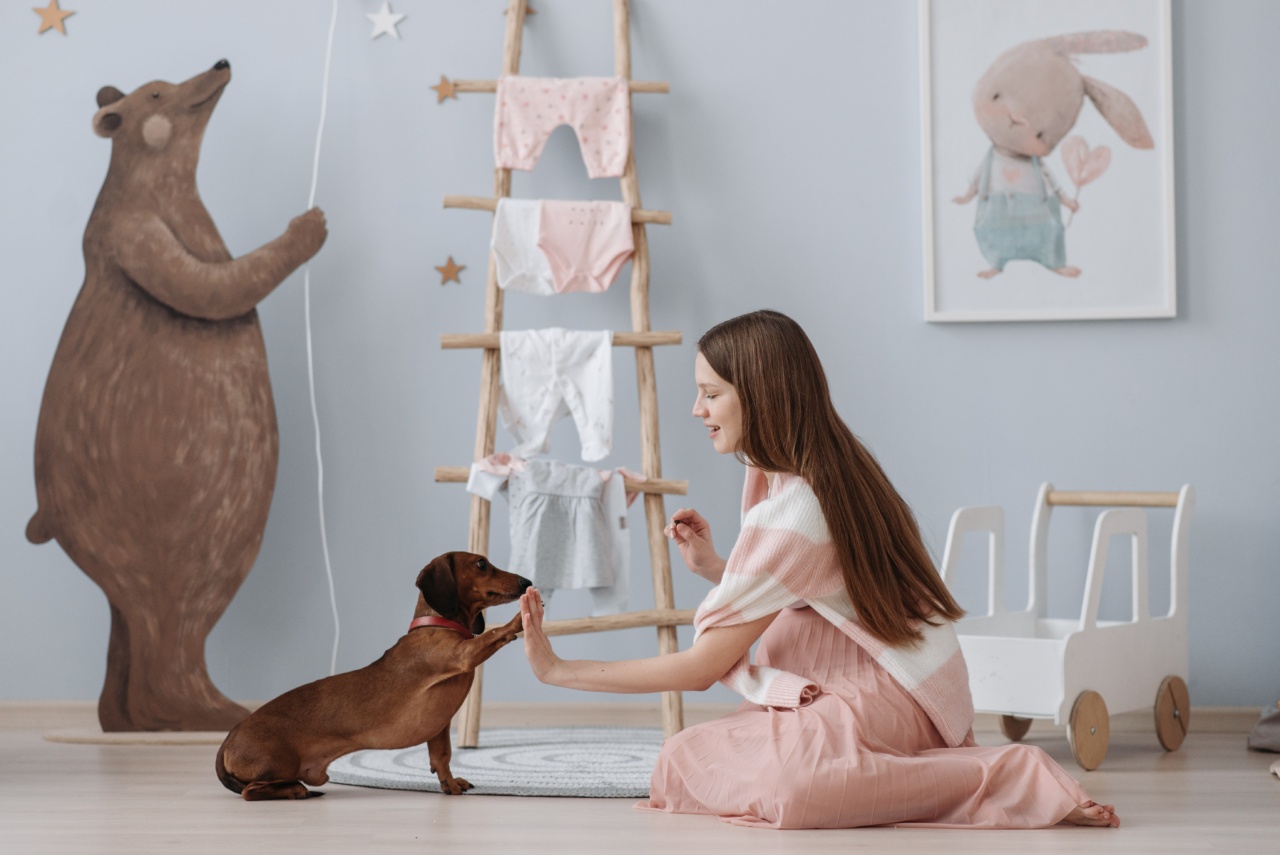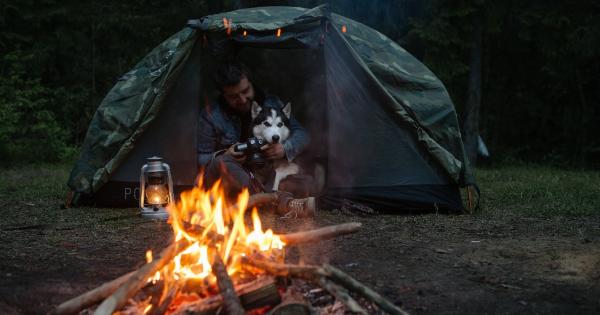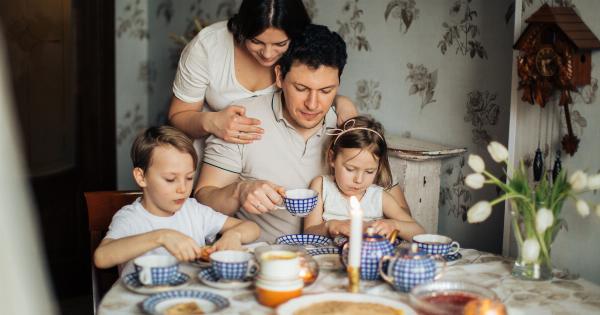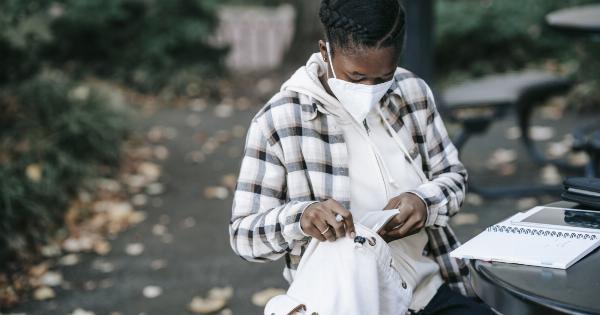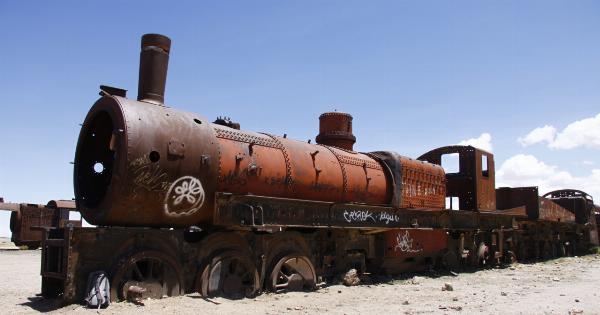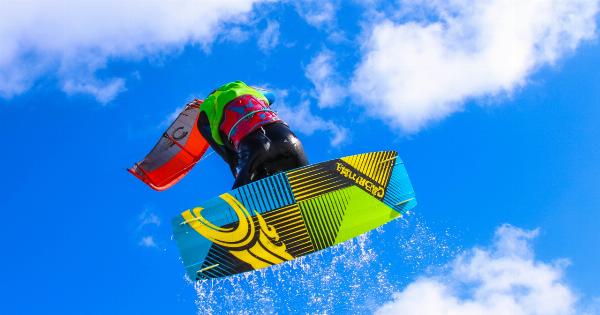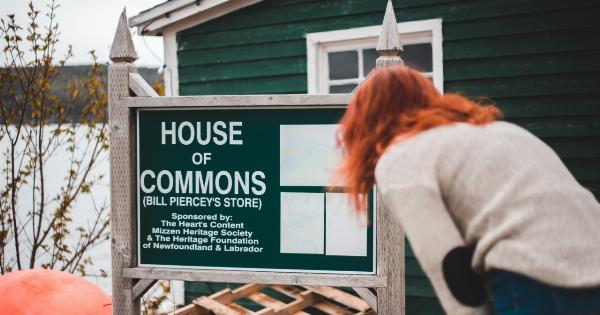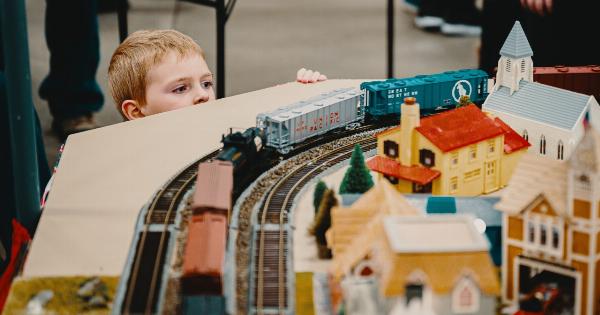Nothing can be more terrifying for pets than being trapped in a fire. Fire can cause distressing situations that are daunting for dogs. When fire strikes, it is necessary to keep your dog safe and approach them efficiently.
However, approaching a dog after a fire can be difficult as they become agitated and disoriented in such situations.
Why is Your Dog Disoriented After a Fire?
Fires can be life-threatening, and even after the fire has gone out, some damages can be devastating. Dogs can become agitated after a fire because of the following reasons:.
- Their sense of smell is very sensitive, which can make them anxious in the burnt surroundings.
- Dogs rely on their hearing, and anything that causes noise can startle them, gasoline explosions, breaking glasses, and sirens are a few examples.
- Smoke, ash, and dust in the environment can also affect their vision.
The Dos and Don’ts: Approaching Your Dog After a Fire
Approaching your dog after a fire is crucial, but it is imperative to keep certain things in mind. Here are a few dos and don’ts for approaching a dog after a fire:.
: Dos
- Try to prioritize your safety as well as your dog’s safety: Dogs can become defensive or aggressive after a fire. Ensure that you are not in harm’s way if your dog is neurotic.
- Start with gentle calls and gestures: Call out to your dog softly and make gentle hand movements. This is to let your dog know that you are their owner and that you want to keep them safe.
- Use a familiar tone of voice: Your dog is familiar with your voice and tone, which can be soothing even after a stressful experience.
- Calmly approach your dog: Approaching your dog with patience and calmness can reassure them that everything is okay, and you are trying to help them.
- Provide plenty of resources to your dog: After a fire, dogs require plenty of water, food, and a sense of familiarity so that they can feel safe and secure.
: Don’ts
- Don’t punish your dog: Dogs can become confused and chaotic after a fire. Punishing them can sometimes make them behave aggressively or cowardly. Use positive reinforcement techniques instead of punishing them.
- Don’t corner your dog: Dogs can feel threatened in a way that they cannot escape. Therefore, cornering your dog and trying to approach them can be intimidating and scary for their dogs.
- Don’t force physical contact: Your dog may want to have a moment of isolation after a traumatic event like a fire. Forcing physical contact can exacerbate their distress or fear levels.
- Don’t rush your dog: Dogs need time to feel calm and safe after a stressful situation. Try to give them some time to adjust to the new environment before coming in contact with them.
- Don’t use unfamiliar tones or gestures: Loud sounds and sudden movements can aggravate dogs in distress. Try to avoid using unfamiliar tones and gestures while approaching your dog after a fire.
Communicating with Your Dog Once You Approached Them
It is essential to build trust and reassurance in your dog after a fire. Communication is the key to doing so. Here are a few tips to communicate with your dog after approaching them:.
: Use Positive Reinforcement
Dogs respond well to positive reinforcement training. This training includes reward-based activities and praise to encourage your dog’s good behavior.
: Be Patient
Your dog has just gone through a traumatic experience and needs time to adjust to the new surroundings. Try to be patient and spend as much time as necessary to build your dog’s confidence back up.
: Give Them Plenty of Resources
Your dog requires plenty of resources to rebuild their trust and confidence. Make sure you provide them with enough water, food, and a comforting area, such as a bed they recognize.
: Monitor Your Dog’s Health
Your dog may have respiratory issues due to smoke inhalation from the fire. Make sure you take them to a vet, even if there are no visible signs of harm.
Conclusion
Approaching your dog after a fire requires patience and understanding. The most important thing to consider is your dog’s safety and wellbeing.
Use positive reinforcement techniques, patience, and plenty of resources to rebuild your dog’s confidence and trust. Your dog may be distressed and anxious, but over time, with the right approach, they can regain their confidence and become the happy and safe dog they once were.
